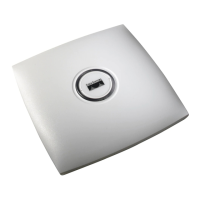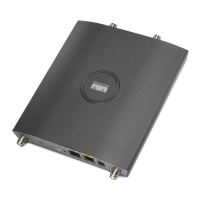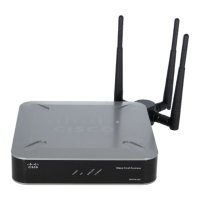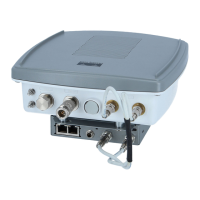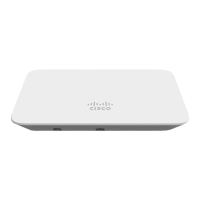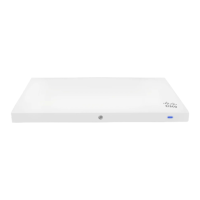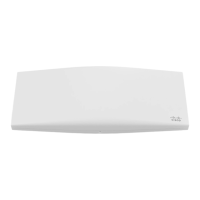◦ Disable voice active detection (VAD).
Voice Call Support in a Mesh Network
Table 38: Calls Possible with 1520 Series in 802.11a and 802.11b/g Radios, on page 178 shows the actual
calls in a clean, ideal environment.
Table 38: Calls Possible with 1520 Series in 802.11a and 802.11b/g Radios
802.11b/g Radio802.11a RadioNo. of Calls
24
1212RAP
107MAP1
84MAP2
24
Traffic was bidirectional 64K voice flows. VoCoder type: G.711, PER <= 1%. Network setup was daisy-chained with no calls traversing more than 2 hops.
No external interference.
Table 39: Calls Possible with 1550 Series in 802.11a/n 802.11b/g/n Radios, on page 178 shows the actual
calls in a clean, ideal environment.
Table 39: Calls Possible with 1550 Series in 802.11a/n 802.11b/g/n Radios
802.11b/g/n Backhaul
Radio 40 MHz
802.11b/g/n
Backhaul
Radio 20 MHz
802.11a/n Radio 40
MHz
802.11a/n Radio
20 MHz
No. of Calls
25
20203520RAP
20152010MAP1 (First Hop)
1510158MAP2 (Second Hop)
25
Traffic was bidirectional 64K voice flows. VoCoder type: G.711, PER <= 1%. Network setup was daisy-chained with no calls traversing more than 2 hops.
No external interference.
While making a call, observe the MOS score of the call on the 7921 phone. A MOS score between 3.5 and 4
is acceptable.
Table 40: MOS Ratings
User satisfactionMOS rating
Very satisfied> 4.3
Satisfied4.0
Cisco Mesh Access Points, Design and Deployment Guide, Release 7.3
178 OL-27593-01
Connecting the Cisco 1500 Series Mesh Access Points to the Network
Voice Call Support in a Mesh Network
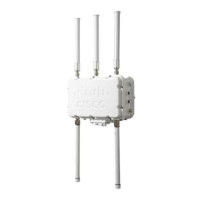
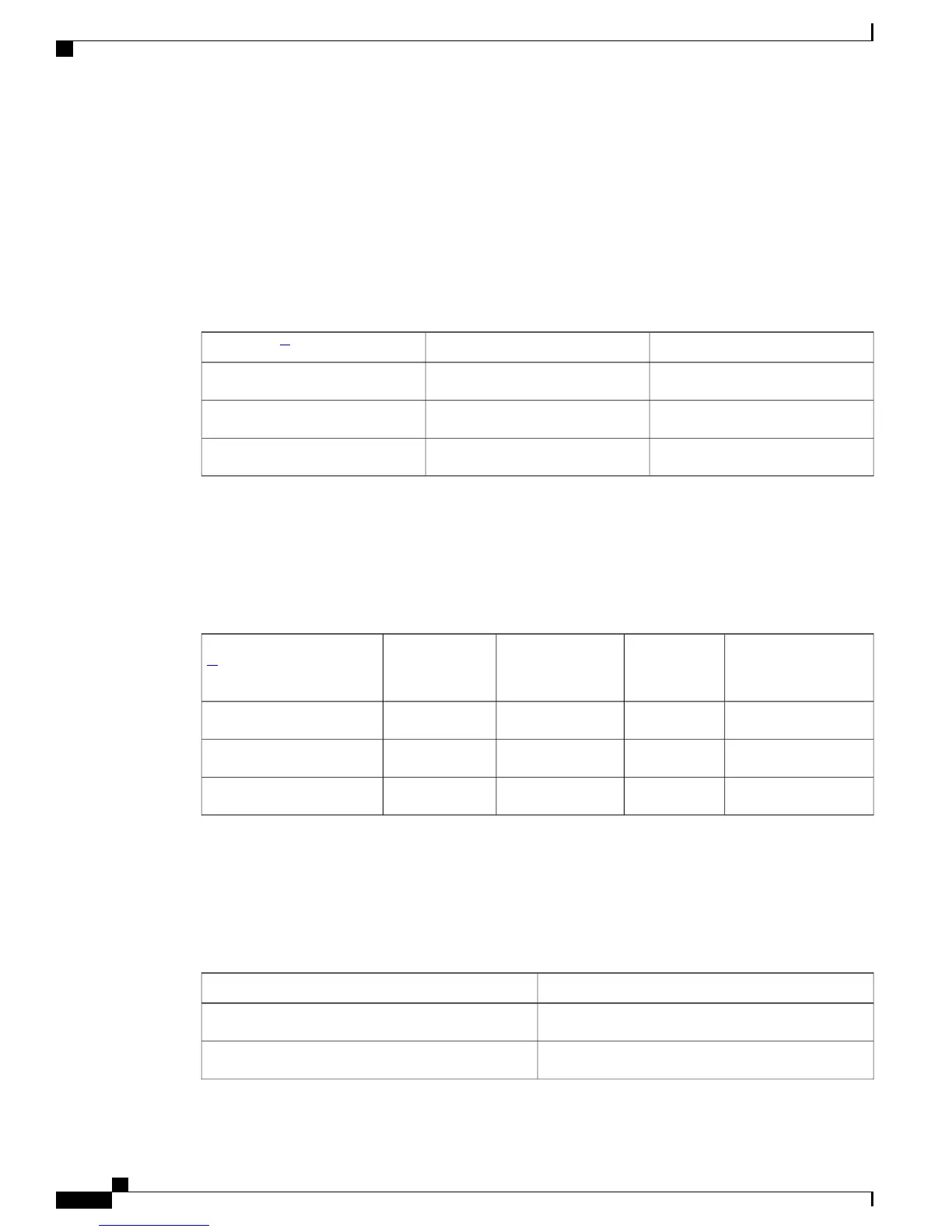